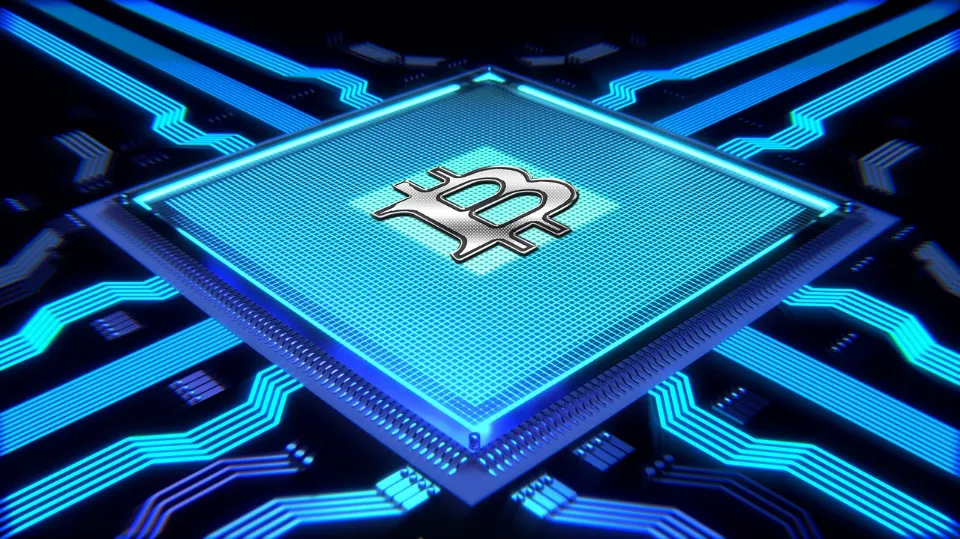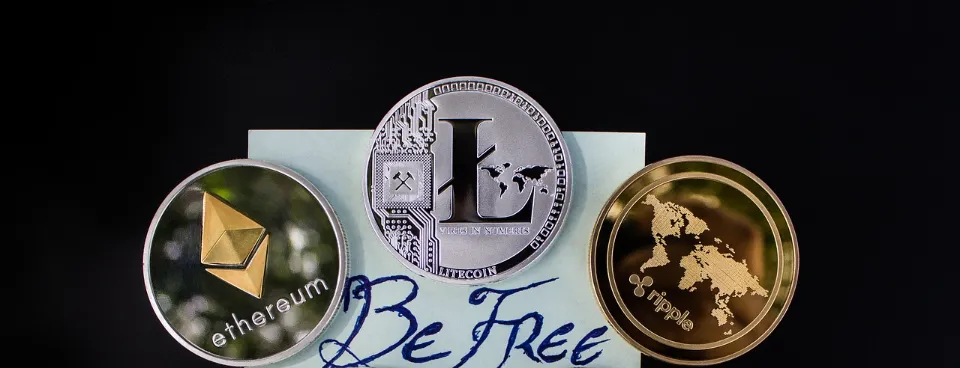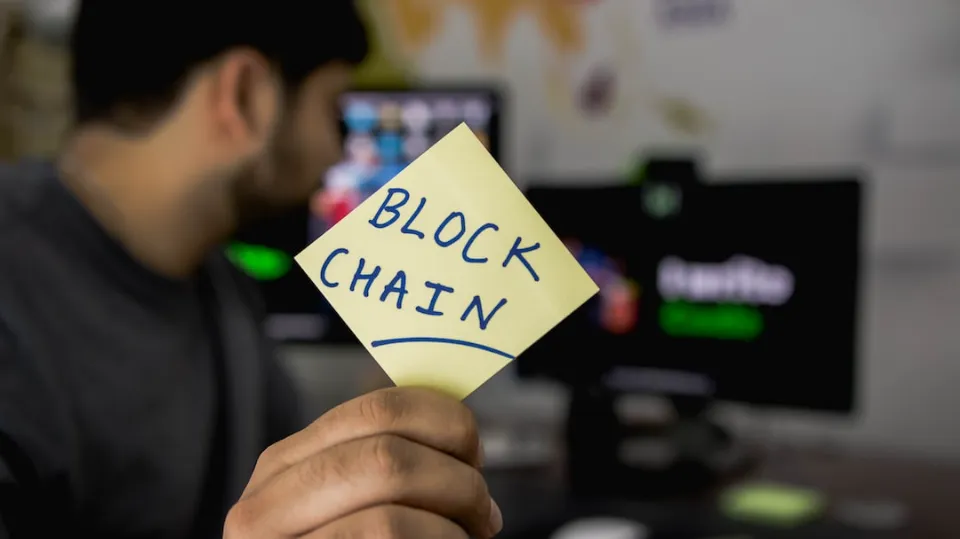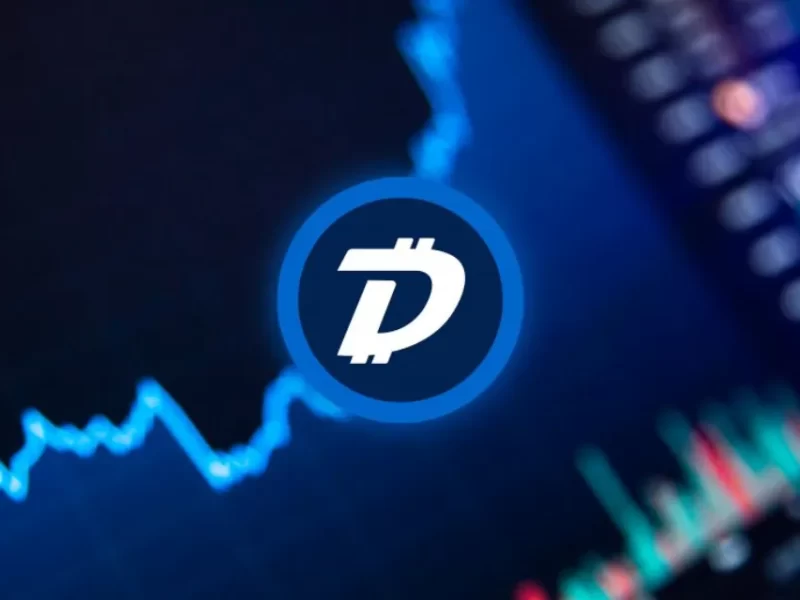In recent years, blockchain technology has gained a lot of popularity. Compared to a few years ago, using decentralized applications in the real world is now much more common.
We’ll discuss how to create your own blockchain in this article. We’ll offer some advice on how to use an enterprise blockchain platform to launch your project more quickly.
It’s not necessary to invest in bitcoin or ethereum to reach production because we’ll cover some tips for cutting gas costs as you build.
How to Create a Blockchain Network

When deciding to create a blockchain, there are many considerations that need to be made before you actually get to the building process. These are just a few of the factors you should look into before starting your project, which are listed below.
Although they are numbered, keep in mind that the order in which you should work on them may not match the numbers. Your project and circumstances will determine that.
Let’s walk through the five steps you need to complete to get started, including:
- Selecting an appropriate use case
- Choosing your protocol
- Identifying the best consensus algorithm
- Setting up your network
- Launching your first smart contract
Given the length of time required to create a blockchain from scratch, this might seem fairly straightforward. But with a blockchain as a service platform, setting up a blockchain is as simple as choosing a few options.
So let’s go through each step one by one.

1. Make Sure Blockchain is Right for Your Use Case
It’s difficult to build on the blockchain. Make sure your use case calls for blockchain rather than a straightforward web application.
To decide if blockchain is right for your use case, ask yourself the following questions:
Do different organizations have to work together in order to conduct business together?
When parties need to come together to conduct business, blockchain is an excellent solution. Any system that calls for information sharing outside of the confines of a typical office, such as building a business network or directly communicating with customers or fans, may benefit from blockchain technology. Collecting, storing, and securely transmitting data is made easier by the creation of these multi-party systems.
Do any aspects of your company rely on third parties to act as intermediaries, such as trust agents or a centralized authority?

Consider the topic of insurance. Imagine that you want to design a system that enables secure data sharing between insurance companies while also maintaining the privacy of confidential information.
A shared ledger to keep track of business transactions between organizations is necessary for a special business network like this. It also needs a central repository for information and systems to ensure proper identity management.
Do your procedures or transactions lack confidence?

With the help of blockchain, you can add security measures to your network to guarantee that sensitive data is kept private and that data is transmitted securely.
Do you require a mechanism for tracking your assets that is traceable, auditable, and verifiable?
Supply chains are excellent use cases for blockchain technology because they present a system that needs real-time tracking, the ability for automated processes and transactions, and verifiable assets and certifications.
Do some aspects of your company’s operations lend themselves to automation and placement in a smart contract so they can be carried out automatically and without human intervention?
Want to manage royalty payments, keep track of past and upcoming deals, or cut down on paperwork when buying or selling real estate? Utilizing blockchain, you can automate business processes by digitizing legacy systems.
2. Choose Your Protocol

You must select a protocol before setting up your blockchain. There are several protocol options, including Ethereum, Hyperledger Fabric, R3 Corda, and Polygon Edge.
There might be various implementations available for each of these protocols.
The Ethereum family includes several protocol options, such as Geth, Polygon Edge, Quorum, and Hyperledger Besu. Different protocol functionality is available on each client (e.g. private transaction support) and configurable consensus implementations, allowing for individual networks to be built in accordance with consortia-level performance and privacy requirements.
You have the option of OS (open source) or Enterprise for Corda. Since the Corda protocol is fully supported by both versions, there are no functional differences between them. The Enterprise version offers more deployment flexibility to meet the needs of enterprise security standards, notary clusters, and support for Hardware Security Modules (HSM), but the differences are not functional.
The rationales for choosing each of these protocols are discussed in the table below.
Ethereum
Solidity, a specific programming language for smart contracts, is used to create the majority of Ethereum smart contracts. Then compiled into “bytecode” that is deployed onto the chain, alongside the transactions. The Ethereum mainnet has a small user base, high transaction costs, and limited global reach. To avoid gas fees and increase throughput, use Ethereum chains with permissions.
Hyperledger Fabric
A Go or Node.js program called Fabric Chaincode implements a predetermined interface. The ledger state is initialized and managed by Chaincode through transactions sent by applications, which run in a separate process from the peer. As a base for creating applications with a modular architecture, Hyperledger Fabric is designed.
Corda

The flow, data, and business logic of a transaction are defined by Corda CorDapps, which are coded in a constrained subset of Java or Kotlin. the data is then compiled into Jar files, signed, and sent to the nodes. The adaptable smart contracts, flows, and ledger capabilities of Corda can be very useful for managing and tracking digital assets.
3. Identify the Best Consensus Algorithm
The Proof of Work (PoW) algorithm is used on the public Ethereum mainnet. Bitcoin also employs PoW. PoW algorithms are computationally demanding, which means they use a lot of power to run. A limited number of transactions can be completed by them in a given amount of time, which makes them slower.
Ethereum is transitioning to a Proof of Stake (PoS) model. Blocks are verified by those who have the largest stakes (holdings) in a proof-of-stake (POS) system.
Private chains employ permission-based algorithms that rely on voting rounds and digital signatures for state protection and agreement. These algorithms include Raft, Istanbul BFT (Byzantine Fault Tolerant), and Clique Proof of Authority (PoA).

PoA or IBFT allow any node that is designated as a “signer” to participate in voting rounds and append a digital signature to a proposed block as proof of validation. Blocks are sent to the rest of the network by Raft using a single static leader node.
PoA or IBFT also use round changes between blocks, enabling fair participation as a mining or proposing node and the democratic expulsion of unreliable or nefarious participants.
Nodes that mine and suggest blocks on a private chain are not rewarded with ether. They are only responsible for grouping transactions in the pool of pending transactions and creating a block for validation. These gas fees are incentives used to pay the miner in a public chain.
4. Deploy Your Blockchain

Following the selection of your protocol and consensus algorithm, you are prepared to begin network deployment. You can host your environment in the cloud, on-premises, or hybrid with the assistance of a reliable blockchain service provider.
No on-premise hardware is required when using a cloud solution because a third party hosts your server. Depending on how you want to manage your data, you can then decide whether to build a public or private cloud. AWS or Azure can be integrated with a blockchain service provider like Kaleido.
Both on-premises and hybrid solutions let you use your own hardware in addition to the cloud.
There isn’t a perfect answer to this. Different organizations prefer to handle data in various ways. Consider using the cloud if you anticipate needing to scale soon. If you already have a data infrastructure in place, hybrid cloud might be the best option for you.
You must create members and organizations before you can deploy your blockchain. A key management system and peer-to-peer communication setup are necessary for decentralized applications in order to verify identities and enable trade throughout the chain.
5. Launch Your First Smart Contract

Developers can use their existing knowledge of programming patterns to create web3 applications using Kaleido’s enterprise-grade smart contract management, an industry-first feature that generates REST APIs for any smart contract.
Using a token deployment as your first smart contract is one of the best ways to use it. Your own token smart contract can be quickly created and deployed using Kaleido’s token factory. Setting up your free account is all that is required to get going.
Define Your Usecase(s) for Building a Blockchain
Have a great idea for building a blockchain application? It’s best to spend some time identifying all of your potential use cases before moving on. This will be of great assistance to you in the upcoming steps as these will serve as the foundation for describing the issues your project is attempting to address and the methods by which it will do so.
What is a Use Case?

A use case is an example of how a product or service might be used in a particular situation. Essentially, they are steps taken to help someone reach a goal. When developing your use cases, you can use a wide range of formats. Some contain a combination of written and visual elements. The most important thing is that you write down every idea you have about how your blockchain application will operate, regardless of the format you choose.
Why Write Use Cases?
There are many advantages to writing use cases before creating a blockchain. They can first assist in describing how your blockchain functions. Before you begin developing, possible problems could be identified. They might inspire the development of some new group concepts. They will probably also help when you are determining which technologies to use for your crypto project. Finally, they can help you visualize the user experience, which will ultimately help with accessibility. Planning your blockchain application will benefit greatly from being able to express these ideas in clear writing and sharing them with others.
Research Similar Blockchains & Blockchain Projects
No matter how original your idea may seem, chances are you didn’t come up with it first. Before diving into building a blockchain, it is important to see what else is already out there. Exist any blockchain- or non-blockchain products that satisfy your use cases? Are those initiatives currently being used? Is there still progress being made? What do those projects excel at? How can they be made better? These are all questions you should be asking to help you better your own ideas for developing a blockchain.

Finding Help to Create Your Blockchain
Building a Blockchain will take a lot of effort, so it is best to seek out some help. Even the most well-rounded people do not excel at every endeavor. To improve your project and maintain steady development, it is also a good idea to ask for outside feedback and counsel. One great advantage of developing a blockchain is the wide range of community help offered by the crypto world.
For instance, let’s say you were building a blockchain in JavaScript, and you chose the Lisk is a platform on which to build. There would be a wide range of options available to you. Join the Lisk Community at Lisk.chat if you have specific queries about the Lisk Blockchain itself. Also, as JavaScript is the most commonly-used programming language in the world, there are many JavaScript and Node.js forums you could post on for help, as well as getting more people interested and involved in your project.
Conclusion
Five easy steps can be used to launch a blockchain. Given how much intelligence is needed to set up a network, it seems ridiculous. But in reality, launching your first blockchain will probably take longer with a blockchain solution like Kaleido than it will for you to read this article.
The reason for this is that our platform was created by blockchain developers for blockchain developers. It’s made to help you reach production more quickly and avoid all the early-stage snags that doom the majority of blockchain projects, with more than 500 pre-built services and APIs.
FAQs
Can You Create Your Own Blockchain?
The price to develop a blockchain application can range from $30,000 to $300,000. The total cost of developing a blockchain application depends on a number of variables, such as the hourly rate of developers, the location of the blockchain android app development company, the features and technologies of the blockchain app, etc.
Is Creating a Blockchain Profitable?
Every single significant blockchain network is currently spending more on issuance than it is making in transaction fees. They are all engaged in unprofitable ventures.
Can You Create a Blockchain Without Mining?
Additionally, a private blockchain does not require a block creation incentive for miners. Instead, the network is powered by a system of nodes, each of which houses a complete copy of the distributed ledger and is in charge of ensuring the accuracy and security of the data it stores.
Can I Create My Own NFT Blockchain?
On the platform, you can directly mint or create your NFT and select your preferred blockchain.



